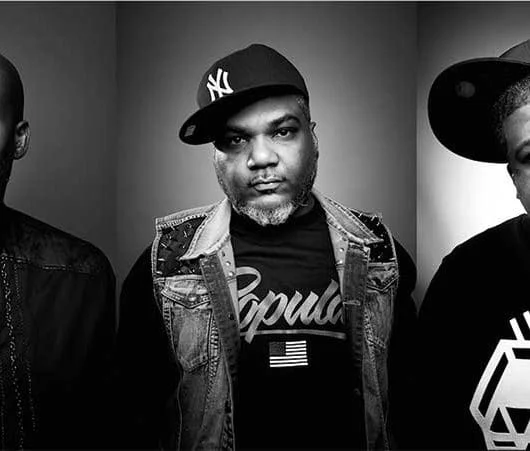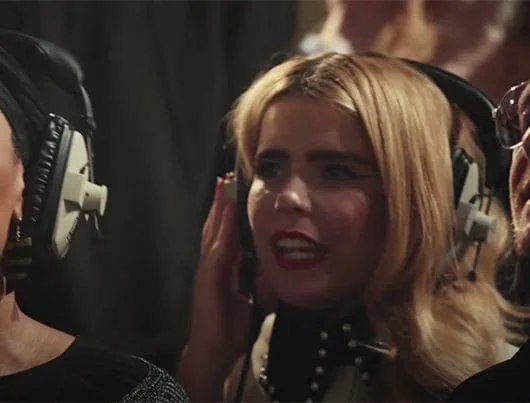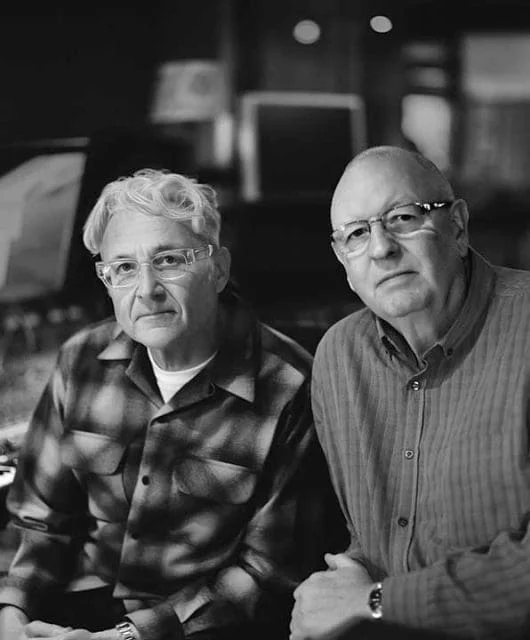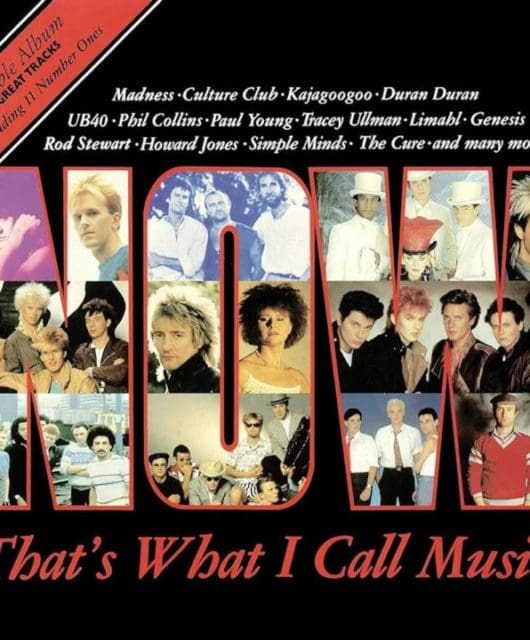The Lowdown: Madonna
By Mark Lindores | August 13, 2018
From Boy Toy to “Bitch I’m Madonna”, there is not a lot that the megastar from Michigan hasn’t accomplished during her 35-year reign. Officially the most successful female artist of all time, we look at her undeniable influence and legacy .
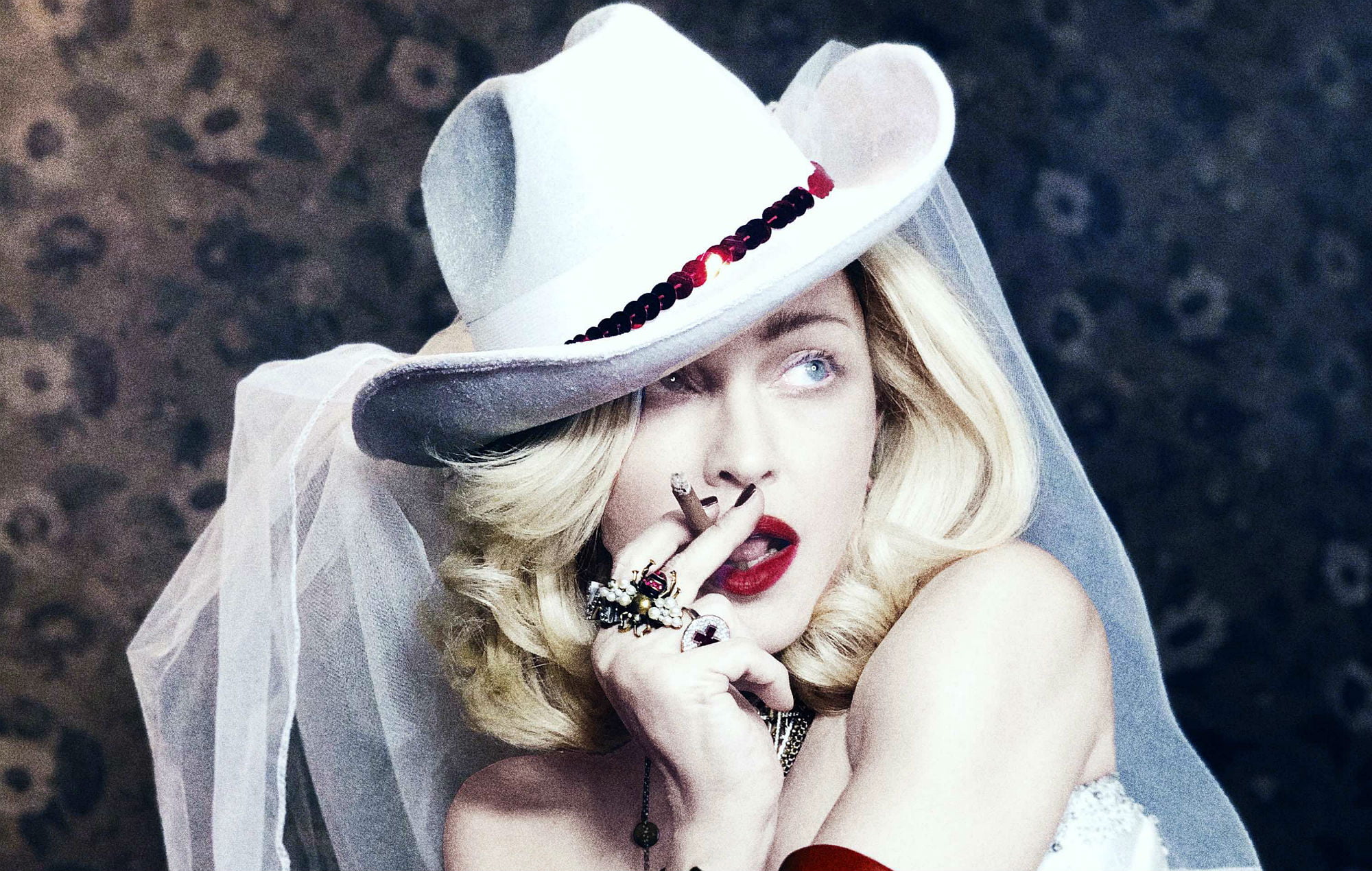
Whether it was her indelible self-belief, her take-it-or-leave-it approach to downtown street style, the impossibly catchy but frothy song she was performing that night or a combination of all three, Madonna’s appearance on Dick Clark’s American Bandstand in 1984 to promote Holiday was undoubtedly the moment she caught everyone’s attention with her proclamation that she wanted “to rule the world” – a promise she still strives to fulfil 34 years later.
After leaving her strict but stable family home in Detroit to chase her dream in New York armed with nothing but her talent and raw ambition, the 19-year-old was forced to work menial jobs, pose nude as an artist’s model and rely on the kindness of strangers – occasionally with disastrous repercussions, as she pursued her big break as a dancer, before accidentally falling into the career that would become her vocation.
Spells in bands were short-lived as the natural frontwoman emerged, carving out her own niche, eschewing the live band set-up in favour of the sounds she witnessed dominating the dancefloors in her beloved New York nightclubs during the city’s most exciting and vibrant period and fusing them with her inherent pop sensibility.
Since her breakthrough in 1983, Madonna’s relentless drive has seen her officially become the most successful female artist of all time. But her impact extends far beyond the charts, using her platform to highlight issues important to her such as LGBTQ+ rights, environmental concerns, ageism, sexism and AIDS awareness – the latter at a time when it was considered career suicide to be associated with the cause.
Her evolution from style-savvy street urchin to the polished pop sensation of the 80s, to music’s greatest provocateur in the 90s, before being reborn as a spiritual dance diva, militant maverick and button-pushing pioneer – her influence and very existence has consumed the worlds of music, fashion, dance, art and film, ensuring her (M)DNA is interwoven throughout popular culture and entertainment as we know them today.
As we increasingly find ourselves lamenting the lost legends that Madonna called her peers and rivals, we look back at her incredible body of work while eagerly anticipating what she has in store for us next.
The Must-Have Albums
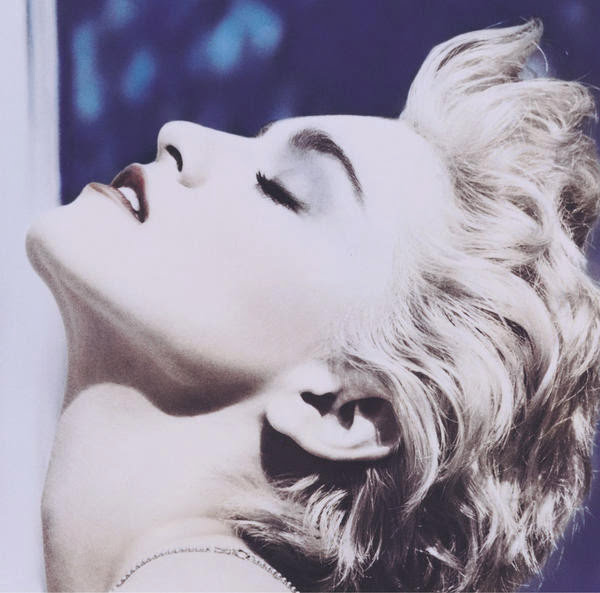 True Blue (1986)
True Blue (1986)
Third time’s a charm
By now one of the biggest stars in the world, the new Mrs Penn still felt she wasn’t being credited enough for her part in her success and took on the mantle of co-writing and co-producing her third album alongside her school friend from Detroit, Stephen Bray and Patrick Leonard, with whom she had begun writing when he was musical director on her Virgin Tour.
Love Makes The World Go Round was originally mooted as the album’s first single after it was premiered at Live Aid, but was shelved in favour of the moody ballad Live To Tell, which Madonna felt represented her musical progression.
Although she wanted everything on the record to be self-penned, she recognised that Papa Don’t Preach and Open Your Heart were both major hits in waiting and agreed to release them as singles – the former causing major controversy for its depiction of teenage pregnancy. The flamenco-inspired La Isla Bonita and True Blue, a stunning pastiche of 60s girl groups, were both deserving No.1s.
With Where’s The Party and White Heat relegated to album tracks, True Blue is a pop tour de force.
 Like A Prayer (1989)
Like A Prayer (1989)
CathARTic masterpiece
Madonna put the art into cathartic with her 1989 masterpiece. Once again teaming up with Stephen Bray and Pat Leonard, she waxed lyrical about the breakdown of her marriage, the death of her mother, aversion to authority, family ties and self-empowerment.
The majestic gospel-tinged title track, with its choir and controversial promotional video, put her back at the top of the charts, while Oh Father and Promise To Try are heartbreaking laments to her relationships with her parents.
Cherish is a throwback to the giddy romanticism of True Blue, as is, on face value, the jaunty Till Death Do Us Part, until its lyric reveals it to be a visceral depiction of domestic violence.
Self-empowerment anthem Express Yourself and Keep It Together both pay funky homage to Madonna and Bray’s teenage love of Sly & the Family Stone, while the album is rounded off with the charming psychedelia of Dear Jessie, Latin-tinged Spanish Eyes and Love Song, a much-anticipated duet with Prince.
Rolling Stone magazine hit the nail on the head describing this seminal record as: “close to art as pop music gets”.
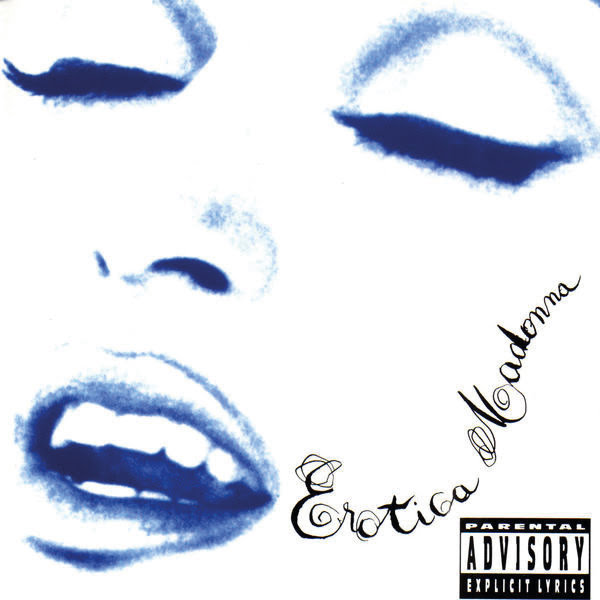 Erotica (1992)
Erotica (1992)
Madonna reveals all
Released alongside her Sex book, Erotica isn’t entirely the smut-filled album that many expected, containing meaningful songs about loss and longing. While the book depicted Madonna literally naked, the album saw her stripped bare emotionally.
Co-written and produced by Shep Pettibone and André Betts, with whom Madonna had worked with on Vogue and Justify My Love respectively, Erotica finds a wounded-sounding Madonna deliver some of her most poignant lyrics over beats borrowed from New York’s urban underbelly – incorporating house, hip-hop, swingbeat and jazz.
Waiting, Thief Of Hearts, Bye Bye Baby and Bad Girl are all about lost romantic love, while In This Life is a touching lament to friends lost to AIDS. Why’s It So Hard? is a rallying call to arms to her LGBTQ fans, self- referencing house track Deeper & Deeper is a dancefloor classic and ballad Rain is one of the most beautiful songs she’s ever recorded.
Yes, it does get saucy (Where Life Begins, Secret Garden and the title track), but it is also bold, fearless – Madonna at her button- pushing best.
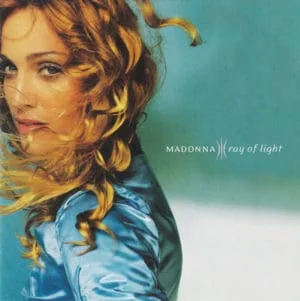 Ray Of Light (1998)
Ray Of Light (1998)
A daring departure
Although heralded as a new direction, Ray Of Light’s impetus can be traced back to Bedtime Story and Sanctuary, a pair of tracks on her Bedtime Stories album in 1994, pre-dating her foray into European electronica on her 1998 opus.
Given that she had entered a new phase in her life, having recently become a mother for the first time, it is unsurprising that the main lyrical themes of the album are spirituality, rebirth, enlightenment, self-realisation and a huge dose of introspection.
From the hypnotic opener, Drowned World/Substitute For Love, Madonna’s pop melodies have never sounded better than when teamed with William Orbit’s electronic embrace. A body of work packed with highpoints, the cinematic Frozen, trance-like Sky Fits Heaven, pounding Skin, swirling title track and poignant The Power Of Good-Bye are all standouts, before the devastating Mer Girl brings the album to an eerie climax.
Madonna’s metamorphosis into a yoga-loving Earth mother saw her popularity soar, not only with the 16 million people that bought the album but by the industry, with the album earning Madonna four Grammys.
And The Rest…
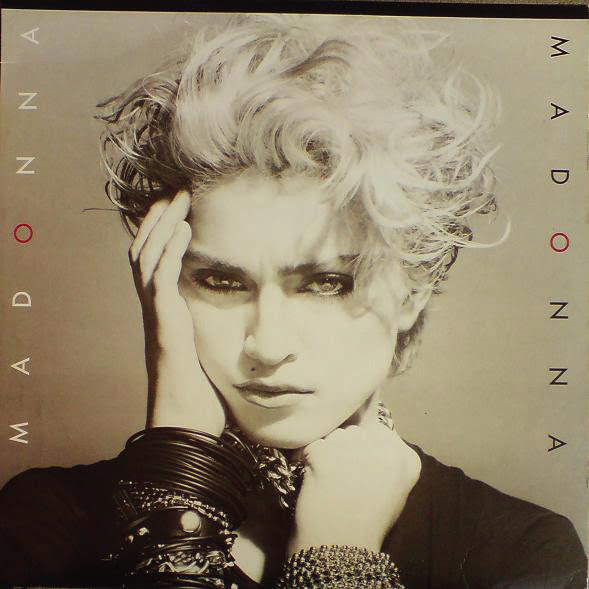 Madonna (1983)
Madonna (1983)
By fusing incredible pop melodies with dancefloor-friendly production values, Madonna’s debut album created the blueprint, not only for her own illustrious career, but for pop music ever since.
A scintillating club-crawl through Madonna’s favoured NY nightspots at the time, her debut takes in Danceteria’s sleazy funk on Everybody, the cosmopolitan exuberance of a Funhouse disco on Holiday and the punky new-wave of Max’s Kansas City on Burning Up, with Borderline and Lucky Star primed for chart success. The album’s lost classic, the sensual Physical Attraction, bristles with sexual tension.
Despite being very much a rookie in the studio with producer Reggie Lucas, what Madonna lacked in experience she more than made up for with ambition and drive, letting him know when she wasn’t happy with something, often leading to conflict.
 Like A Virgin (1984)
Like A Virgin (1984)
Keen to exert more creative control after the stifling experience of her debut, Madonna’s record label wasn’t confident in her ability to write and produce her album so compromised by granting her a big-name producer of her choosing – enter Nile Rodgers.
Moving away from the club grooves of her debut in favour of a more expansive pop/rock sound, Like A Virgin is dominated by the four singles that triggered Madonna mania and turned her into a global phenomenon.
The title track and Material Girl are songs by which she will forever be synonymous, and their gargantuan success overshadowed follow-up singles Angel and album highlight Dress You Up, while Over & Over, Pretender and Stay further establish her as the feisty pop princess with a killer attitude.
A re-release including Into The Groove in 1985 affirmed it as an era-defining pop juggernaut.
 Music (2000)
Music (2000)
With her career and cool factor at an all-time high, 2000’s Music saw Madonna ditch the ethereal soundscapes of Ray Of Light for harder beats and folktronica, courtesy of her new collaborator, French artist/producer Mirwais Ahmadzaï.
An eclectic mix, the album features the trippy techno of Impressive Instant, vocoder-assisted Nobody’s Perfect, electro-meets-Americana Don’t Tell Me, mournful closer Gone, while the title track is a 21st-century update of her dance-infused debut.
Compared to Mirwais’ fresh-sounding innovation, William Orbit’s two contributions – Ray Of Light cast-off Runaway Lover and Amazing, a lazy re-tread of the far superior Beautiful Stranger – are the weakest in the context of the album.
Madonna and Mirwais continued their successful working partnership on 2003’s underrated American Life album.
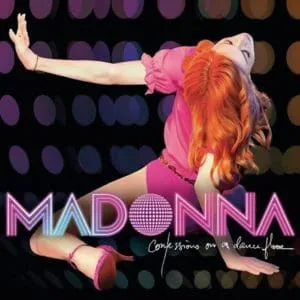 Confessions On A Dancefloor (2005)
Confessions On A Dancefloor (2005)
After the political unrest that saw her American Life album under-perform, Madonna’s slick return to the dancefloor was an absolute triumph for all involved. Co-written and produced by Stuart Price, 2005’s Confessions On A Dancefloor achieves the enviable feat of capturing the period which inspired it while sounding completely modern and contemporary thanks to his glistening production sheen.
From the globe-conquering smash Hung Up, the album is a non-stop excursion through three decades of dance culture, from the minimal Moroder-esque Future Lovers to the Balearic bliss of Get Together. Push, Forbidden Love and How High provide a respite from the retro references – the best of which is Jump’s intro which bears an uncanny similarity to Pet Shop Boys’ West End Girls.
The Essential Singles
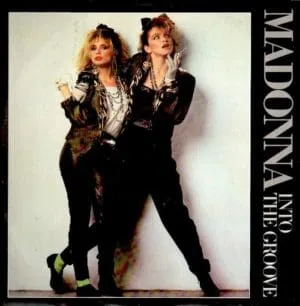 Into The Groove (1985)
Into The Groove (1985)
Desperately seeking superstardom
By the time filming wrapped on her first starring role in Desperately Seeking Susan, Madonna had emerged as a genuine pop phenomenon. Though she initially didn’t want to feature her music in the film, she relented and submitted Into The Groove for use during a club scene.
As well as being an incredibly catchy song, its lyric displays a deep understanding of what makes great pop music.
“The dancefloor was quite a magical place for me,” Madonna told Time magazine. “I started off wanting to be a dancer, so that had a lot to do with the song. The freedom that I always feel when I’m dancing, that feeling of inhabiting your body, letting yourself go, expressing yourself through music. Hence that came to me as the primary inspiration for Into The Groove.”
It became her first UK No.1 hit in August 1985 for four weeks, with Holiday at No.2.
 Papa Don’t Preach (1986)
Papa Don’t Preach (1986)
A misconceived message
Although previous single Live To Tell had revealed a new, mature Madonna, and was the lead from the forthcoming third album, Papa Don’t Preach felt like the official launch of a new era in Madonna’s career.
Having described the track prior to release as: “a message song that everyone is going to take the wrong way”, she was proved right when Papa Don’t Preach’s depiction of a pregnant teenage girl bereft at her predicament and fearing the loss of her father’s love was condemned by women’s rights groups who accused her of advocating teen pregnancy.
The controversy generated by the global No.1 hit had a profound effect on Madonna as it revealed to her how her voice could transcend a pop song to convey a message.
At the 1987 MTV Video Music Awards, the promo video, directed by James Foley, won the Best Female Video award.
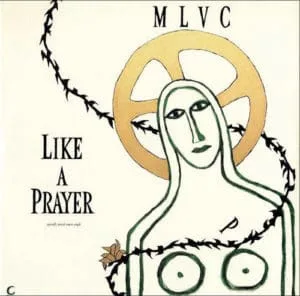 Like A Prayer (1989)
Like A Prayer (1989)
Courting controversy
Having released no new music in 1988 while she appeared on Broadway, Madonna wanted a new sound when she began her fourth album. Keen to distance herself from the bubblegum pop parade of Tiffanys and Debbies who had appeared in her absence, she wanted a more personal approach.
Again working with Pat Leonard, Madonna expressed a desire to experiment with her usual pop/rock sound, incorporating a gospel choir and live band (including a distorted guitar solo from Prince which begins the song). Written on the first day of sessions for her album, Like A Prayer immediately set the tone of the album and was chosen as the title track.
Although on face value about religious ecstasy, the song’s double meaning, about fellatio, went largely unnoticed initially due to the controversy which raged surrounding the video.
 Express Yourself (1989)
Express Yourself (1989)
Girl power
Proving the dazzling brilliance of Like A Prayer had been no fluke, the soon to be ex-Mrs Penn continued her winning streak by asserting her independence with a rallying anthem of self-respect and female empowerment.
A funk-driven track written and produced with her childhood friend Stephen Bray Stone, Express Yourself was released as the second single from the Like A Prayer album and was promoted with one of Madonna’s most iconic videos.
Inspired by Fritz Lang’s Metropolis, the futurist clip was, at the time, the most expensive ever made. Boosted by an incredible dance remix from Shep Pettibone, Madonna herself seemed to favour his makeover, choosing to include it on The Immaculate Collection greatest hits compilation and used it as the opening number of her Blond Ambition Tour.
 Ray Of Light (1998)
Ray Of Light (1998)
Saturday night club banger
After initial meetings to establish whether they would be able to work together on Madonna’s next album, the direction she envisioned for the record reminded William Orbit of a song he had worked on recently.
Based on the 1971 song Sepheryn by Curtiss Maldoon, Ray Of Light evolved after Orbit had been working on a rewritten version of the song by Clive Maldoon’s niece Christine Leach. After hearing the song, Madonna fell in love with it and an agreement was reached allowing her to rewrite parts to make it her own.
Released as the second single from the album, Ray Of Light is an instant Madonna classic. Dance-infused and euphoric, it was the whole package.
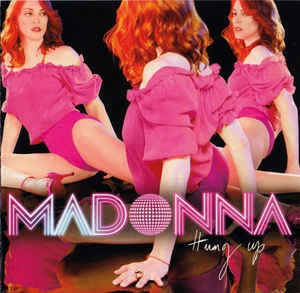 Hung Up (2005)
Hung Up (2005)
More disco decadence
A return to the dancefloor for Madonna after the anger and frustration vented on the American Life album, Hung Up saw her retreat from political unrest to hit the disco.
Working with Brit electro wunderkind Stuart Price, Madonna’s influences were now Moroder, Cerrone, Saturday Night Fever and Abba – the latter of which she sampled for the song’s hook. Using the Swedish four-piece’s Gimme Gimme Gimme (A Man After Midnight) as a template, Hung Up proved that Madonna’s ability for churning out a frothy floor-filler was as healthy as ever. It was a worldwide hit, peaking at No.1 in the charts of 41 countries and earning a place in the 2007 Guinness Book of World Records, as the song topping the charts in most countries.
Only For The Brave…
 Hard Candy (2008)
Hard Candy (2008)
The moment Madonna stopped setting trends and started following them, Hard Candy saw her team up with Timbaland and Pharrell Williams – it was a calculated attempt to boost her US profile with songs reminiscent of Gwen Stefani and Nelly Furtado.
 MDNA (2012)
MDNA (2012)
A handful of good songs and some potentially great ones, but MDNA suffered from Madonna not being invested in it. Despite its title, it has the least of her (M)DNA of any of her albums due to her focus being on W.E. – the film she was directing.
Need To Know
- With 71 Top 40 singles, including 13 No.1s, Madonna is the most successful female artist on the UK singles charts. She has fared equally well in the albums chart with 23 Top 40 entries, 12 of which reached the top spot.
- Madonna’s influence on the fashion world is as legendary as her impact on music. As well as wearing clothes by every major fashion house – both onstage and at red carpet events, she has appeared in ad campaigns for Versace, Dolce & Gabanna, Louis Vuitton, Gap and H&M.
- At a time when the art of oversharing is an integral to an artist’s success thanks to social media and reality TV, Madonna was equally lauded and criticised for the 1991 release of Truth Or Dare (released in the UK as In Bed With Madonna), her behind-the-scenes documentary about her Blond Ambition Tour.
- Madonna’s film career has had its share of hits and misses but her biggest triumph was 1996’s starring role in the musical Evita, for which she won a Best Actress Golden Globe Award.
The Must-Watch Videos
Like A Prayer
Directed by MARY LAMBERT
After witnessing a crime for which a black man is wrongly arrested, Madonna is depicted kissing a black Saint on a church altar, dancing in a field of burning crucifixes and displaying stigmata in the video’s most shocking scenes, earning her a global ban and publicity that couldn’t be bought.
Soft drinks giant Pepsi was one of the most shocked by the clip, having just paid Madonna $5 million to appear in an ad also featuring the song. They terminated their contract with her but let her keep the fee. Madonna later thanked Pepsi in her acceptance speech at the MTV Awards where she won the Viewer’s Choice Award.
Vogue
Directed by DAVID FINCHER
Incorporating the work of legendary lensman Horst P. Horst, the video was shot in just 16 hours – the only available time in Madonna’s hectic schedule before flying to Japan to kick off her 1990 Blond Ambition World Tour.
Very much a magazine editorial brought to life, Vogue sees Madonna striking her best poses in a series of glamorous get-ups (including a sheer blouse which saw the unedited video banned before 10pm), before joining her troupe of back-up dancers for a sequence showcasing the celebrated dance craze she had discovered while scouting them in New York gay clubs for her tour.
Justify My Love
Directed by JEAN-BAPTISTE MONDINO
So Madonna, her partner at the time, Tony Ward, some friends took over the top floor of Paris’ Royal Monceau Hotel and filmed a celebration of sexuality – in all forms. Shot in black and white to evoke a European arthouse feel, it featured S&M, nudity and a lesbian kiss.
Screened just once in the UK on The Word, before being banned worldwide, it was released as a video single, spending 39 weeks on the video chart. In 2013, Madonna named it as her favourite of her own videos.
Bad Girl
Directed by DAVID FINCHER
Starring Madonna as a high-powered businesswoman masking her depression and loneliness by drinking, smoking and indulging in a string of one-night-stands, Bad Girl sees her watched over by her guardian angel Christopher Walken before being strangled by a sexual partner she had just met.
Inspired by the 1977 film Looking For Mr Goodbar, the video also works as a metaphor for the way Madonna was being treated by the media at the time and the character assassination intended to kill off her career as punishment for her liberated attitude towards sex.
What’s Next?
Madonna recently joked that 2017 had seen her become “a soccer mom” after relocating to Portugal so that her son David could enrol in a football academy in Lisbon. Aside from devoting time to her family, Madonna has also spent more time in Malawi working with the charity that she founded with Michael Berg in 2006, and the hospital they opened which is named after her daughter Mercy James.
During an appearance on Live With Kelly & Ryan in December, Madonna revealed that 2018 would see her back at work in a major way – and not just promoting her MDNA line of skincare products.
As well as directing a film/TV series, Loved, an adaptation of Andrew Sean Greer’s novel The Impossible Lives of Greta Wells, she is due to begin work on a new album that will be supported by a tour, though she plans to approach it in a different way from the live extravaganzas she’s become known for.
Listen to our Spotify playlist here.
Read more: The Lowdown: Duran Duran



